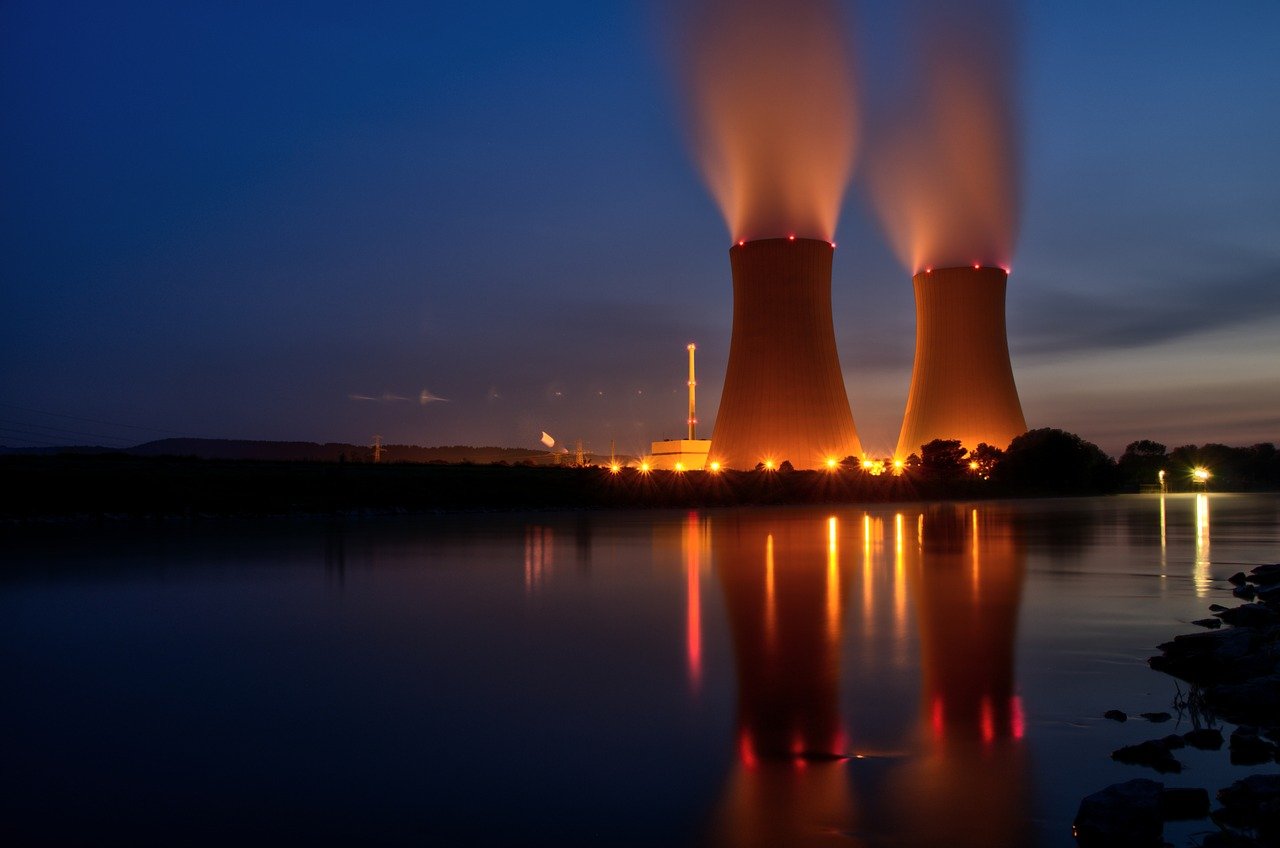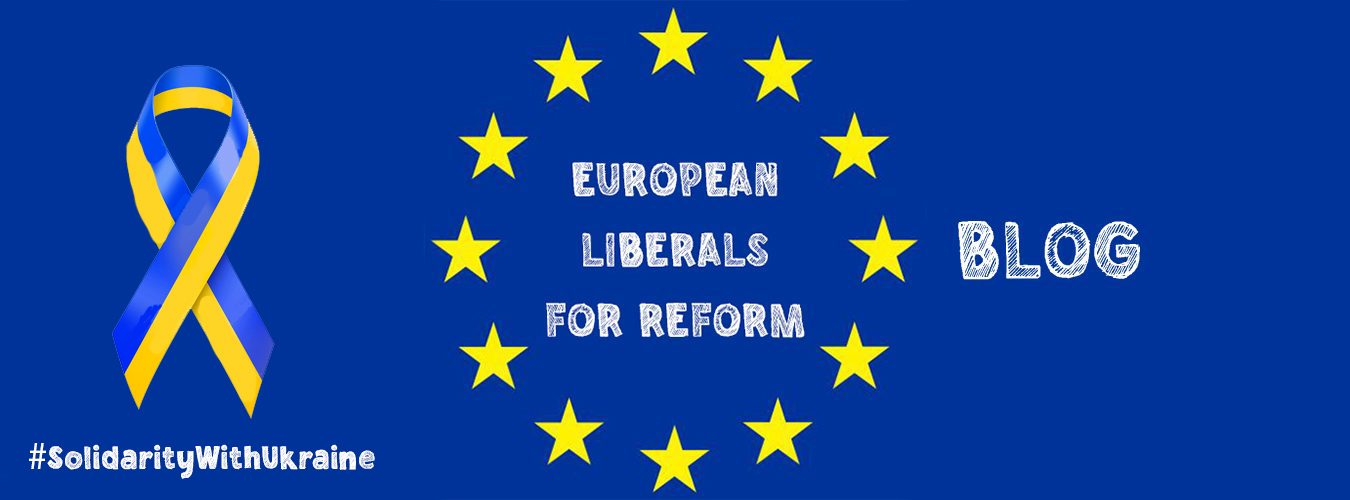
Johannes Eber – Good morning Europe blog
The EU commission wants to classify both nuclear and gas as “green” investments. On the evening of New Year’s Eve, the commission had sent member states a draft of its awaited so-called “taxonomy” list, laying out a classification system that determines which energy sources can be labelled green for investment purposes. The commission wrote:
“The Commission considers there is a role for natural gas and nuclear as a means to facilitate the transition towards a predominantly renewable-based future. Within the Taxonomy framework, this would mean classifying these energy sources under clear and tight conditions.”
What would the consequences of such classification be?
By restricting the “green” label to climate-friendly projects, the proposal aims to make those investments more attractive to private capital. The commission has also made moves to apply the system to some EU funding, meaning the rules could determine which projects are eligible for certain public finance.
As you would expect, there are headwinds to this proposal. Several EU countries strongly opposed the plan to classify nuclear and gas as “green”. The criticism makes sense to me, at least at first glance. Gas emits CO2. Nuclear power is CO2 free, but it has different environmental risks.
You can probably spend days discussing which energy mix is best for fighting the climate crisis and heading to a renewable-based future. The point is, you needn’t. The debate could be superfluous.Here is why.
The EU and its member states have committed to emitting less CO2 every year and striving to be the first climate-neutral continent. It is the task of the EU to keep and meet these goals. And it can do best by concentrating on where the CO2 emissions actually occur.
With the EU Emissions Trading System, short ETS (here is how it works), the EU has found its way to keep to the reduction path. The ETS includes electricity, heat generation, energy-intensive industry sectors (like oil refineries and steelworks), and commercial aviation (within the European Economic Area). Although the ETS just covers 40 per cent of the EU’s greenhouse gas emissions (not included are homes, cars, small businesses and agriculture), power generation – like nuclear and gas power plants – is part of it.
Why does a functioning ETS not need a decision about which electricity generation should be marked as green?
At its core, the ETS consists of tradable emission certificates. Anyone who wants to emit emissions must buy certificates. These certificates become fewer and fewer over time. Power generation with high CO2 emissions simply becomes uneconomical sooner or later – and therefore will end.
Political decisions about what should be financially supported are simply unnecessary with ETS in place.
However: Even an ETS does not release the EU member states from answering the question whether they want to allow nuclear power in their country. But this question then finds itself detached from whether nuclear power should be promoted as green energy.
But why does the EU want to promote certain electricity generation at all?
I guess it is because the commission wants to appear as an active part of the ongoing climate change debate. People vote for politics that offer visible solutions to problems. The ETS in contrast is a framework in which market processes lead to solutions. Climate-damaging production methods are gradually being eliminated from the market. No deadline, announced by politicians, puts an end to an industry. No speeches can be made at any particular time. Everything is in progress. There is hardly any need for political activity once the framework is set. Politicians do not like that. Politicians are not voted into office to let things go.
Maybe that would sometimes be better even for politicians. Because then they would not have to discuss whether nuclear power and the use of gas are green investments.

Be the first to comment